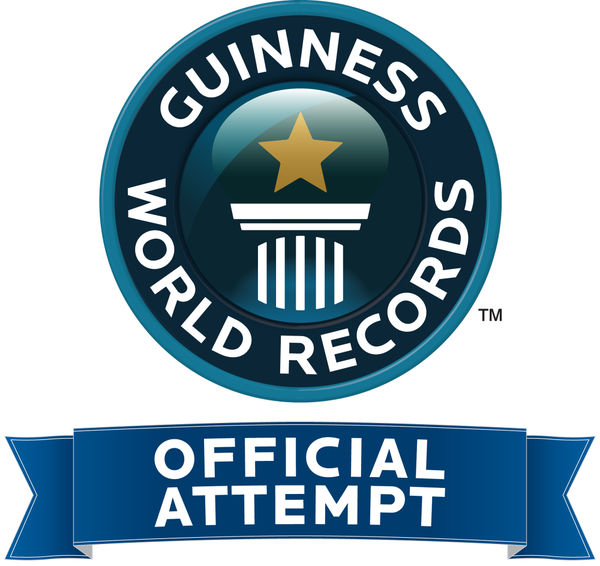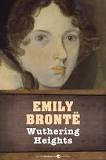I'm delighted to turn my column over today to author and editor Josh Pachter, who has something special to share. Take it away, Josh!
— Barb Goffman
The Beat of Black Wings: Crime Fiction Inspired by the Songs of Joni Mitchell
 by Josh Pachter
by Josh Pachter
Today is pub day for The Beat of Black Wings: Crime Fiction Inspired by the Songs of Joni Mitchell, which I edited, and which is being released in hardcover, paperback, and e-book formats by the good folks at Untreed Reads.
I came up with the idea for this book about two years ago, and was blown away by how eager the authors I contacted were to contribute. I could go on and on about the project, but I’d rather turn the microphone over to the writers and let them tell you about their choices, their challenges, and their triumphs.
Given the opportunity to pick a song from one of Joni's seventeen studio albums, why did you pick the one you picked?
Marilyn Todd (“The Pirate of Penance,” from Song to a Seagull): The lyrics, pure and simple. “She dances for the sailors / In a smoky cabaret bar underground / Down in a cellar in a harbor town.” As soon as I heard those lines, the story wrote itself.
John Floyd (“Bad Dreams,” from Shine): This song is a look at the way we’ve managed to screw up our world, and it got me to thinking about the fact that even the worst dreams sometimes do turn out well. That kicked off the idea of having someone see a terrible vision that might not only come out okay but might even work to his advantage.
Alison McMahan (“Harlem in Havana,” from
Taming the Tiger): Not many people know this, but this song is about a real revue, Leon Claxton’s
Harlem in Havana. I was fascinated by everything I read about it. Also, I’ve been lucky enough to visit Cuba a couple of times; the first time, I took my husband on the occasion of his sixtieth birthday to fulfill a bucket list item: his great-uncle, who lived a fascinating life, is buried in Havana, and we were able to visit the grave and pay our respects. By picking this song, I had the opportunity to write about the actual revue
and my husband’s great uncle.
Adam Meyer (“Shades of Scarlett Conquering,” from The Hissing of Summer Lawns): This song jumped out at me because it’s so character-driven. It paints a portrait of a beautiful Southern woman who is “dressed in stolen clothes,” feels “dark things” and has “blood-red fingernails,” is trained in Southern charm but also cruel, burns with passion but is ice cold at the same time. She was perfect for a crime story.
What was your biggest challenge in writing your story?
Edith Maxwell (“Blue Motel Room,” from Hejira): The story is set in Atlanta, where I have never been—but, hey, that’s what friends and the Internet are for. My writer pal Jim Jackson has lived around there, and he helped me out with a well-known jewelry store and a classy old-school restaurant. Online maps, photos, and my imagination got me through the rest.
Donna Andrews (“Cold Blue Steel and Sweet Fire,” from For the Roses): This has always been one of my favorite Joni songs, maybe the favorite. Once Josh told me that I could have it, I re-listened to it, loved it as much as ever, and realized—with a frisson of alarm—that any story that did justice to it would have to be light years away from the humor I usually write. I had to write from a place that was very different from my usual inspiration, someplace much darker. Not the first time I’ve done that, but one of the rare times lately that I’ve had something like this published.
Tara Laskowski (“Both Sides, Now,” from
Clouds): My husband, Art Taylor, and I were excited to try to write a story together, as we’d never done anything like that before. We decided we’d write it as a series of letters back and forth between the main characters. However, we were surprised to find just how difficult it was to collaborate. Our methods of writing are very different. I tend to be a faster, get-it-on-the-page kind of writer, while Art—well, he’s very careful and good at what he does and it takes him a little longer. At first, we worried we weren’t going to be able to pull it off, but once we got into a rhythm, the story was actually quite fun to write.
Emily Hockaday and Jackie Sherbow (“Talk to Me,” from Don Juan’s Reckless Daughter): Emily says, “I am primarily a poet, so the actual plot was the biggest challenge for me! I’m used to extremely short pieces that aren’t driven by plot but rather image and metaphor, so keeping a plot tight and compelling was something new and different.” And Jackie adds, “The biggest challenge might have been the story’s biggest asset, too, which was working collaboratively. Emily and I work very well together, so it was fun and fruitful to work with her—but we did need to plan out the methods we’d use.”
What about your story makes you the happiest?
Sherry Harris (“Last Chance Lost,” from Turbulent Indigo): It was fun to write something so different than the cozy mysteries I usually write. Getting out of my own head and convincing myself I could write a short story worthy of being in an anthology with such amazing writers was a treat!
Mindy Quigley (“Taming the Tiger,” from Taming the Tiger): All the cats! My story features real cats, literary cats, decorative cats, metaphorical cats, cat-like people, and even Cats, the musical. Unfortunately, it’s set in a time when Cats, the movie, didn’t yet exist. I can’t recommend hate-watching that movie highly enough, by the way. Sit back, consume your favorite hallucinogenic drug, and prepare to marvel at utter debasement of some of the silver screen’s most talented entertainers.
Barb Goffman (“Man to Man,” from Wild Things Run Fast): I loved being in the head of an unlikeable person and still finding ways to make her fun. Word choices. The reactions she has. The way she says things. Writing the character of Cecelia was so enjoyable. I aimed to create someone readers will love to hate, and I hope I’ve succeeded.
Greg Herren (“The Silky Veils of Ardor,” from Don Juan’s Reckless Daughter): The goal of my story was to illustrate how our memories of an important time in our lives are different from the way other people remember the same event—sometimes so completely different that the memories seem to belong to different occasions—with reality lying somewhere in the middle. Memory fascinates me, and I was very happy with how playing with that idea turned out in the final story.
We were originally planning a big multi-author launch event for The Beat of Black Wings in Reston, Virginia, close to where many of the contributors and I live, but of course COVID-19 knocked that plan right off the calendar.
Instead, we’ll be doing a Zoom launch tonight, April 7, starting at 7 PM Eastern Time. If you’ve got the free Zoom software for your computer or tablet or the free app for your phone—and, if you don’t, did I mention that they’re
free?—all you have to do is
click on this link to join us. Please disable your webcam and microphone, so the focus stays on the authors, but you’ll be able to ask questions via chat. (In case the above Zoom link doesn't work, try
this one:
https://zoom.us/j/7953912062.)

If you haven’t already ordered the book and would like to have a copy, you can get the hardcover or paperback directly from the publisher (with a 15% discount!) at
this link and the e-book from the ’Zon
here; the authors and I have agreed to donate a third of our royalties to the
Brain Aneurysm Foundation in Joni’s name, so you'll benefit a worthy cause at the same time you provide yourself with some awesome quarantine reading!
And if you’ve got an Apple Music subscription and would like to listen to the songs that inspired the book’s twenty-six stories, check out
this playlist.
Thanks, Barb, both for your own contribution to the book (“Man to Man,” from Wild Things Run Fast), and for turning your SleuthSayers slot over to The Beat of Black Wings today!





































